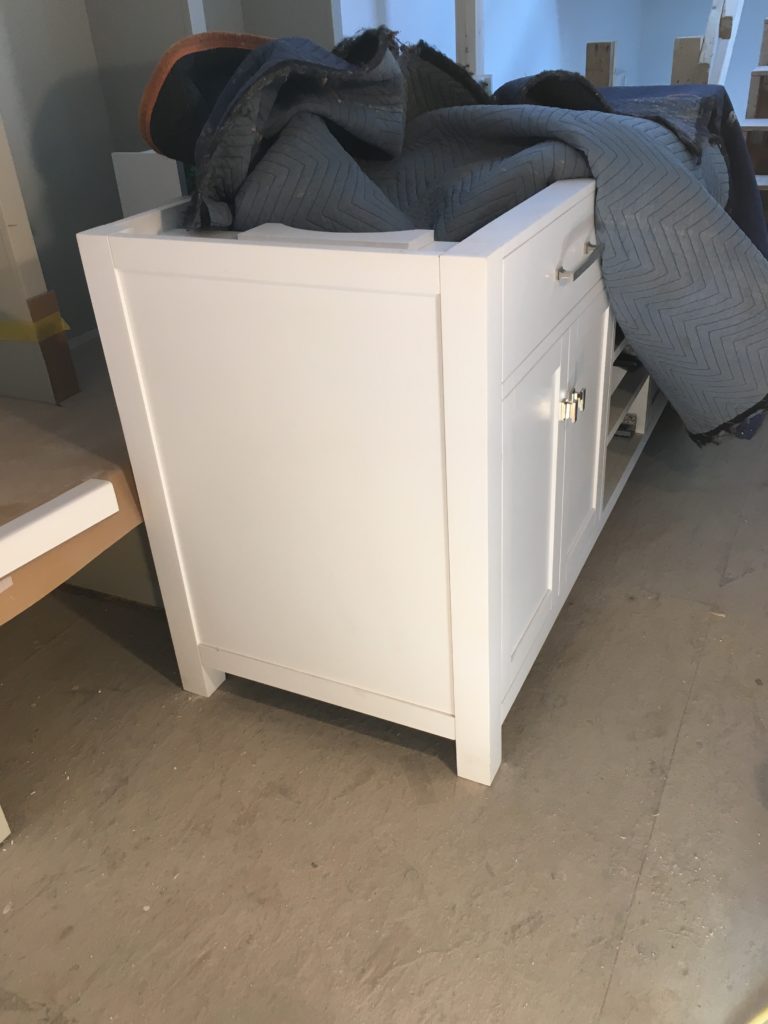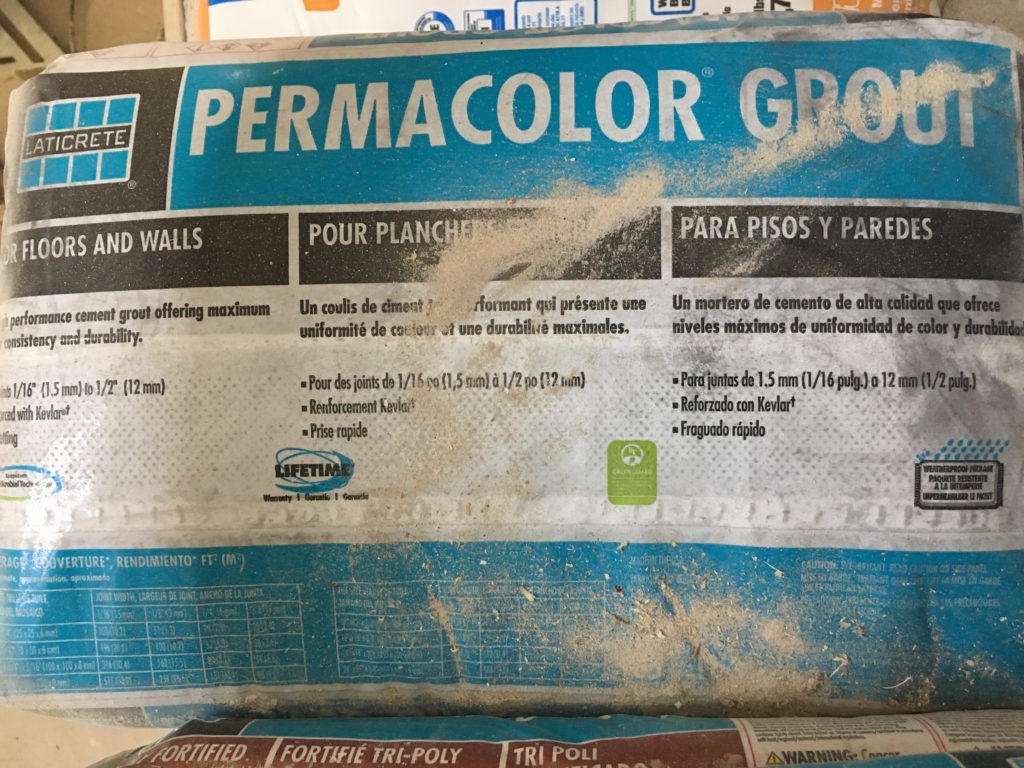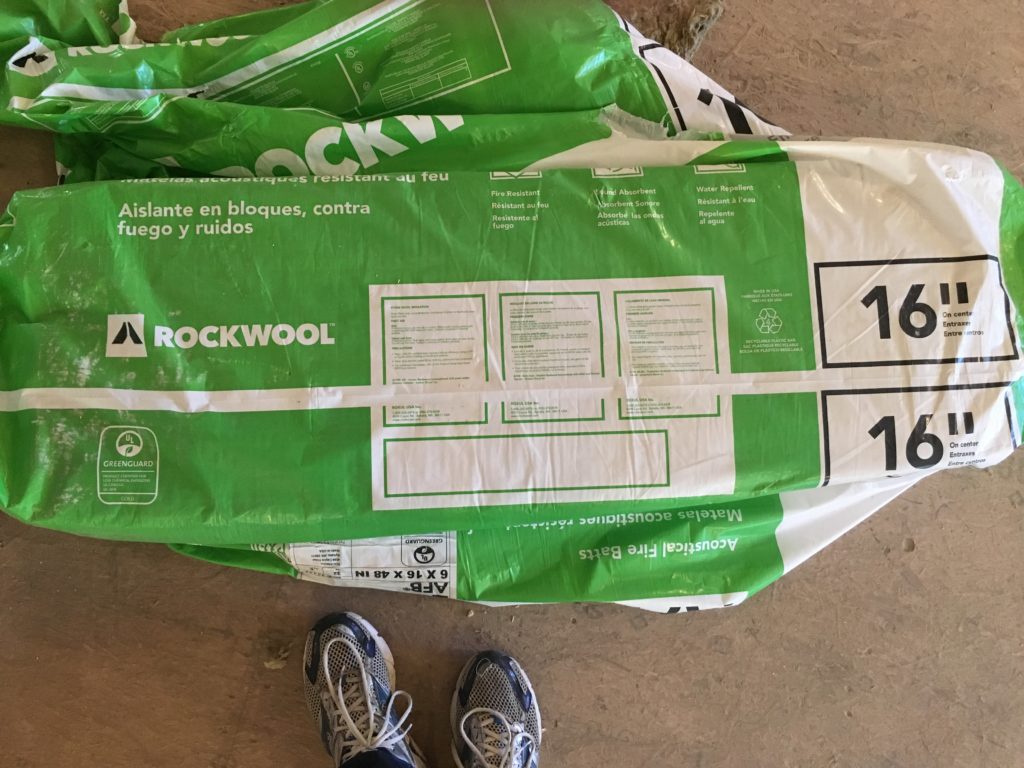One of our primary objectives with the Highland project has been to build a healthy home that minimizes risks to the occupant’s health. This whole topic, called “Indoor Air Quality” (IAQ), is of growing interest amongst both builders and homebuyers. Most people spend the majority of their time indoors, and most of that is in their own homes. There are many pollutants that can make us ill, or aggravate existing medical conditions, within our homes, so we have chosen to design and build this house to provide the best possible IAQ.
The U.S. Environmental Protection Agency (EPA) has prepared a detailed website on indoor air quality, full of information on common pollutants and risks. Healthy Indoors is also a good resource and publishes a magazine focused on IAQ. For the Highland project, we are following the EPA’s Indoor airPLUS qualification guidelines, to complement our LEED and ENERGY STAR certifications.
Indoor airPLUS is a rigorous program focused on improving IAQ by identifying and eliminating (or reducing) pollutants, and by building to minimize other sources of poor indoor air quality. There are many contributors to poor IAQ in homes. The IAP program focuses on:
- Mold and moisture control. Mold is an obvious health hazard and a common trigger for asthma and allergy symptoms. Mold requires a moist, warm environment to grow, so the best way to prevent mold is to design and build a water-resistant building and use materials that don’t provide a good environment for mold to thrive. We’ve addressed this at Highland with our detailed water barriers, drainage, and tight sealing to prevent moisture infiltration.
- Efficient Heating, Ventilating, and Air-Conditioning Systems (HVAC). A well-designed HVAC system can filter harmful pollutants out of the home’s air, introduce fresh air from outside, and provide adequate airflows to ensure comfort. We’re installing high-efficiency filters in our HVAC systems, including the stand-alone ventilation system, and the systems will undergo thorough commissioning and testing to ensure they are clean, debris-free, and functioning as designed.
- Combustion venting. A major source of indoor pollutants and hazards comes from both combustion venting (e.g. gas-fired boilers and water heaters that are improperly installed or operated) and from by-products from cooking. We’ve taken several steps to reduce these pollutants. First, the major systems (heating, water heating) are electric, so there are no combustion byproducts. The only gas appliances in the home are the kitchen range and the gas fireplaces. The range has been equipped with an oversized exhaust hood designed to capture cooking by-products, and the fireplaces have been installed with a power-venting unit that draws a vacuum in the fireplace itself so that combustion gases are drawn out of the fireplace to the outdoors instead of leaking into the home.
- Building materials. Many common construction and interior finish materials (paints, composite wood products, carpeting and flooring, adhesives) release volatile organic compounds (VOCs) or formaldehyde into the air. These can cause irritation or allergies, and some may have longer-term health effects. We’ve used products certified by a number of green building protocols (like GREENGUARD, Green Seal, and Floor Score) for well over 90% of the interior materials. We’ve also sourced interior products (vanities, kitchen cabinets, doors, etc.) that meet low-VOC standards. And all our paints, adhesives, and finish materials (down to the wallpaper paste and tile grout!) have been approved materials too. This field is in its infancy but it is fortunately becoming easier to find suitable healthy materials.
- Pest management. We have designed the home’s exterior to be pest- and insect resistant, so that pests can’t flourish in the home (where they can trigger allergies) and to minimize the need for exterior pesticides (which also present a health hazard).
- Radon management. Radon is a colorless and odorless gas which occurs naturally in the soil, and which can collect in poorly-ventilated homes. Radon in homes is the second largest cause of lung cancer in the U.S behind smoking. We’ve designed the house to meet the EPA’s radon mitigation requirements, and taken extra care to air seal the basement and foundation, to reduce the risks of radon to the owners.
- Carbon Dioxide (CO2). CO2 isn’t addressed specifically in the IAP program, but it is well known that high levels of CO2 can impair cognitive functioning, and that CO2 can build up quickly in tightly sealed homes or in closed bedrooms. One of my first blog posts, on our Zehnder ventilation system, addressed the need for adequate mechanical ventilation to help control CO2.
Ensuring we meet the IAP guidelines has been challenging at times, as there are literally hundreds of materials and products that go into a modern home and each one has to be checked and approved. Our subcontractors have been great in helping the design team identify materials they want to use so we can vet them, or proposing products that will be acceptable. Over time, many of these products will become easier to find and document, and we’ll all benefit from living in healthier homes!







